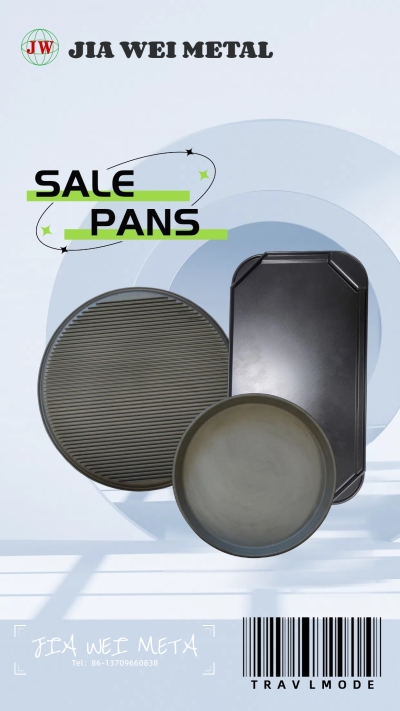
Die Casting: Revolutionizing the Furniture and Appliance Industry
2025-05-27 15:30
In an era where innovation and efficiency are paramount, die casting has emerged as a transformative force in the manufacturing of furniture and appliances. This advanced manufacturing process, which involves injecting molten metal under high pressure into reusable molds, is not only enhancing the functionality and durability of products but also reshaping the way furniture and appliance manufacturers approach design and production.
The furniture and appliance industries demand components that are not only aesthetically pleasing but also robust and reliable. Die castingmeets these requirements with flying colors. The process allows for the creation of intricate and complex shapes with exceptional precision, enabling designers to push the boundaries of creativity. Whether it's a sleek, modern handlefor a refrigerator or a sturdy leg for a dining table, die-cast components can be customized to fit the exact specifications of the product.
One of the key advantages of die casting in the furniture and appliance sectors is the use of high-quality materials. Aluminum, zinc, and magnesium alloys are commonly used in die castingdue to their excellent properties. Aluminum alloys, for example, are lightweight yet incredibly strong, making them ideal for applications where weight reduction is crucial without compromising on durability. This is particularly important in the appliance industry, where lighter components can contribute to energy efficiency and easier transportation. Zinc alloys, on the other hand, offer superior corrosion resistance and the ability to achieve intricate details, making them a popular choice for decorative elements in furniture and high-end appliances.
The precision of die casting also ensures that components fit together seamlessly, reducing the need for additional assembly processes and minimizing the potential for errors. This not only speeds up the production line but also improves the overall quality of the final product. In the appliance industry, for instance, die-cast partssuch as motor housings and heat sinks are essential for ensuring the proper functioning of the appliance. The tight tolerances achieved through die casting guarantee a perfect fit, enhancing the performance and longevity of the appliance.
In the furniture industry, die casting is being used to create a wide range of components, from structural elements to decorative accents. Sturdy metal frames for chairs and tables, intricate drawer pulls, and elegant door handles are all being produced using die casting. These components not only add strength and stability to the furniture but also enhance its visual appeal. The ability to achieve a variety of surface finishes, such as polished, brushed, or powder-coated, further allows furniture manufacturers to create products that cater to different design preferences.
The appliance industry is also reaping the benefits of die casting. Components such as washing machine drums, dryer baffles, and oven racks are now being produced using this process. Die-cast parts in appliances are designed to withstand the rigors of daily use, ensuring that the appliances remain functional and reliable over time. Additionally, the use of die casting in appliance manufacturing allows for the integration of multiple functions into a single component, reducing the number of parts and simplifying the assembly process.
Sustainability is another aspect where die casting shines in the furniture and appliance industries. Many of the metals used in die casting are highly recyclable, reducing the environmental impact of production. By recycling scrap metal from the die-casting process, manufacturers can minimize waste and conserve valuable resources. This aligns with the growing consumer demand for eco-friendly products and helps companies meet their sustainability goals.
The future of die casting in the furniture and appliance industries looks promising. With advancements in technology, such as the development of more advanced die-casting machines and the use of computer-aided design (CAD) and simulation software, manufacturers are able to optimize the die-casting process further. CAD allows designers to create detailed 3D models of components, enabling them to test and refine the design before production. Simulation software, on the other hand, can predict the behavior of the molten metal during the die-casting process, helping to identify and resolve potential issues early on.
The integration of smart technologies is also opening up new opportunities for die casting in these industries. Smart appliances, for example, require components that can house sensors and connectivity modules. Die casting can be used to create these components, ensuring that they are not only functional but also aesthetically integrated into the design of the appliance. In the furniture industry, the trend towards smart furniture is also driving the demand for die-cast components that can support the integration of technology, such as charging stations and hidden wiring.
In conclusion, die casting has become an indispensable part of the furniture and appliance manufacturing process. Its ability to combine precision, durability, aesthetics, and sustainability makes it a key driver of innovation in these industries. As manufacturers continue to strive for excellence in design, quality, and environmental responsibility, die casting will undoubtedly play an even more significant role in shaping the future of furniture and appliances.
Get the latest price? We'll respond as soon as possible(within 12 hours)












